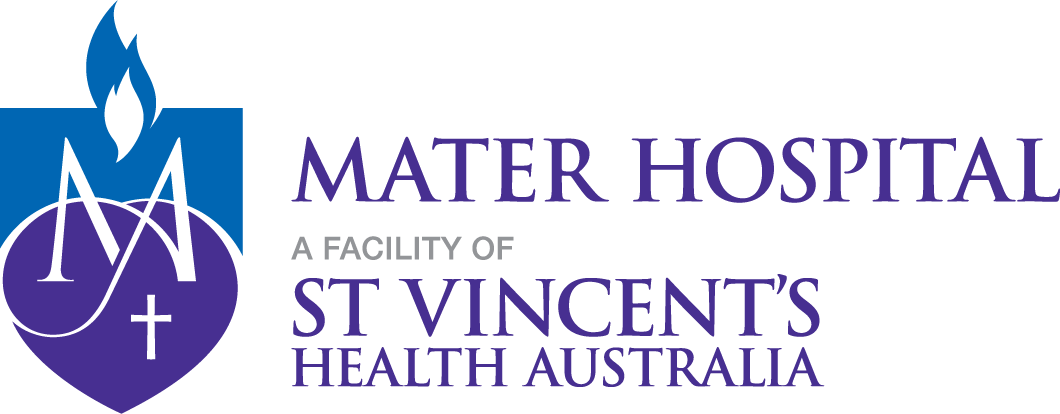Considerations when Caring for Women Expecting Twins
Dr Kieren Wilson
- Home
- Patient News
- Considerations when Caring for Women Expecting Twins
The diagnosis of twins can be a time of great excitement for women and their families. The incidence of multiple pregnancies is rising across many parts of the world. This increase in twin pregnancies has been attributed to the increasing use of assisted reproduction techniques resulting from delayed childbirth and advanced maternal age at conception. In 2019, Australia reported 4,501 confinements resulting in a multiple birth. Of these, 4,446 were twins and 55 were triplets and higher order births. Interestingly, The Mater Hospital delivered 26 twin pregnancies during 2020 and this is continuing during 2021.
During the early stages of a twin pregnancy, every attempt should be made to determine the chronicity of a twin pregnancy. Chronicity should be determined between 11 + 0 and 13 + 6 weeks of gestation. This is done using the membrane thickness at the site of insertion of the amniotic membrane into the placenta, identifying the T-sign or lambda sign and the number of placental masses visualised using ultrasound. This can be arranged through an obstetric ultrasound service with experience in twin pregnancies.
Communication with Women
It is essential that maternity care providers establish effective communication with women to build relationships that are respectful and inclusive.
In early pregnancy, women with twin pregnancies should be provided with information regarding:
- screening for aneuploidy and fetal anomalies using nuchal translucency (NT) and/or non-invasive prenatal (antenatal) screening test (NIPT)
- ultrasound scanning every two weeks after 16 weeks gestation to monitor fetal wellbeing for MCDA twins and every 4 weeks for DCDA twins
- detailed morphology ultrasound scan at 18-20 weeks gestation
- Increased antenatal fetal and maternal surveillance due to:
- potential maternal complications: anaemia, hypertensive disorders, gestational diabetes, possible hospital admission for complications of pregnancy and transfer to higher level maternity service
- the higher risk of stillbirth
- the increased incidence of preterm birth and caesarean section. f
Risks Associated with Twin Pregnancies
The management of women with higher order multiple pregnancies bring unique challenges to healthcare providers. Compared to singleton pregnancies, multiple pregnancies are associated with increased maternal morbidity such as anaemia, hypertensive disorders, venous thromboembolism, obstetric cholestasis and gestational diabetes. Pregnancy complications include miscarriage, preterm birth, caesarean section and post-partum haemorrhage. In addition, monochorionic twin pregnancies carry further unique risks of twin to twin transfusion syndrome (TTTS), and/or selective fetal growth restriction (sFGR), approximately 15% each, and a 13% risk of twin anaemia-polycythaemia sequence (TAPS) in those who have undergone laser therapy as a treatment for TTTS.
The fetal risks involved in twin pregnancies are also significant with 1 in 12 multiple pregnancies ending in death or disability for one or more babies. The preterm birth rate is 60% prior to 37 weeks with 10% delivering before 32 weeks and 11.5% of babies admitted to Neonatal Intensive Care Units (NICU) are from multiple pregnancies.
Delivery of Twin Pregnancies
The timing and delivery of twins is also important to consider. It is common clinical practice for uncomplicated monochorionic twins to be born at 36–37 weeks and dichorionic twins at 37–38 weeks. This is based on the risk at this gestation of intrauterine mortality from placental insufficiency of twin pregnancies, which is stated to equal that of post-term singleton pregnancies. The timing of birth, either by induction or elective caesarean section, is an important consideration in twin birth.
The Twin Birth study published in 2013 has provided level one evidence that most twins after 32 weeks should be delivered by planned vaginal birth provided the leading twin is cephalic and there is an experienced operator in attendance, with facilities to carry out an immediate lower segment caesarean section if the need arises. In addition, this study provided clearer information about the optimal methods of delivering the second non-vertex twin. The time interval between the twin vaginal births in this study was ten to sixteen minutes. This seems to be associated with the best health outcomes.
It is also important to remember the support for women and their families. Women should be encouraged to contact the Australian Multiple Birth Association (https://www.amba.org.au/) as a valuable source of information and long term support. This organisation covers all aspects of caring for twins well beyond the birth and early stages of adjusting to life caring for twins.
Whilst twin pregnancies do bring unique challenges and risks, these can be managed effectively with open communication with the woman and her family. The multidisciplinary team approach is essential to ensure appropriate preparation so a safe delivery plan can be made well in advance.
Dr Kieren Wilson
Dr Kieren Wilson is an Obstetrician and Gynaecologist based in Sydney. He has had the honour of supporting many women and their partners during pregnancy and understands what an important and precious journey that is for new mums, dads, and their families. Dr Kieren Wilson also provides care for a range of women’s health needs. His aim is to ensure women have the information, resources, care and compassion to feel empowered when it comes to their own pregnancy, birth and health.


